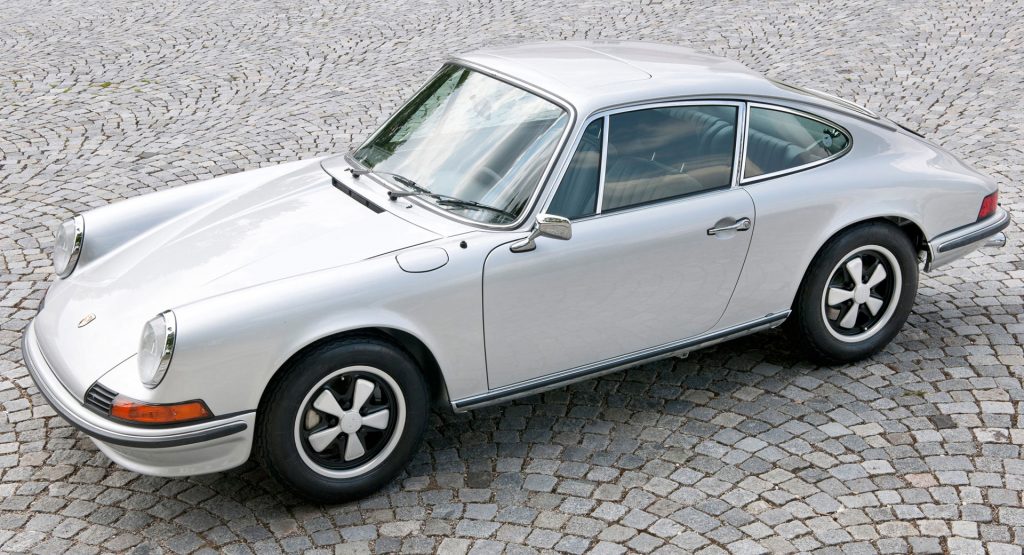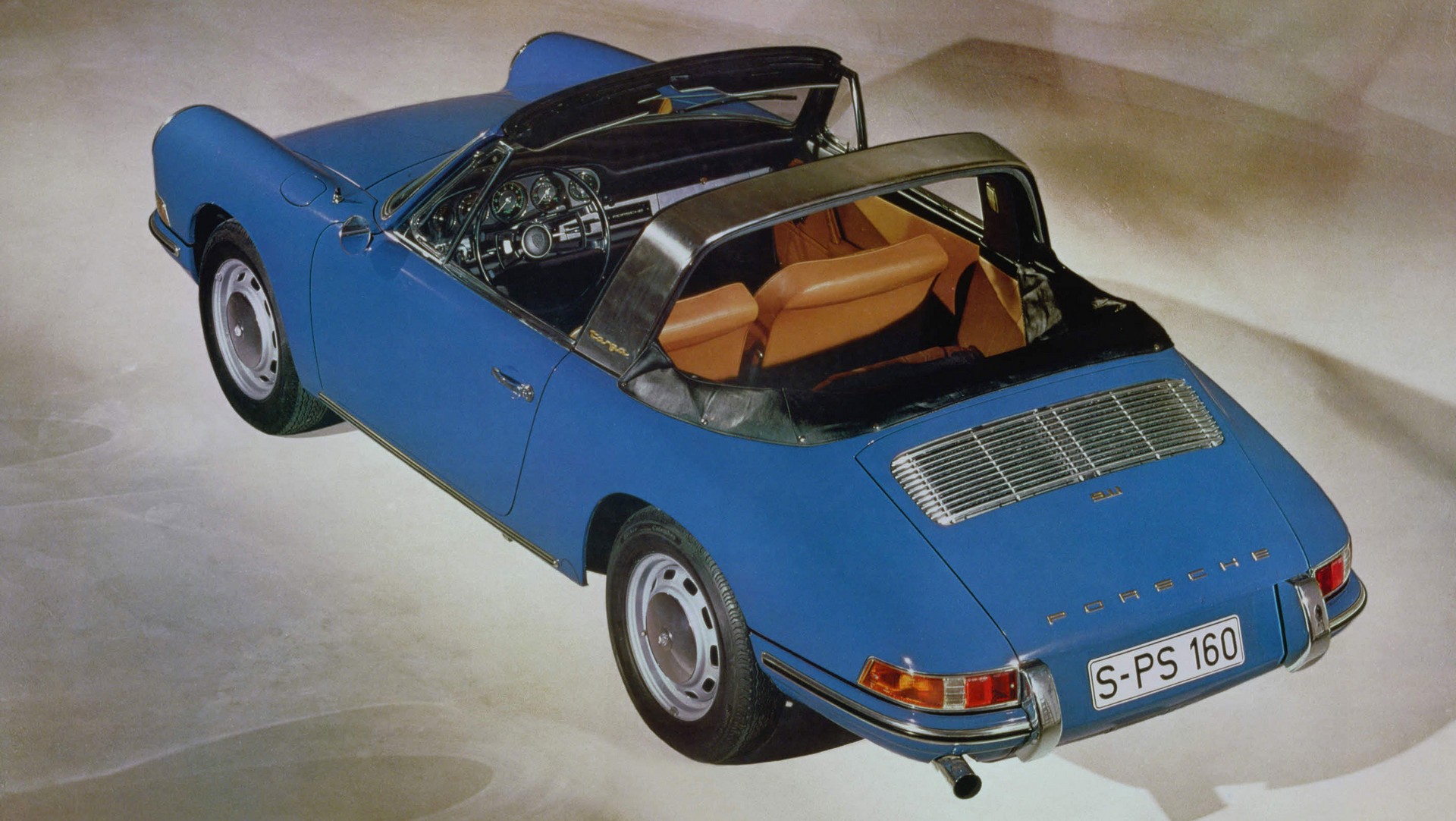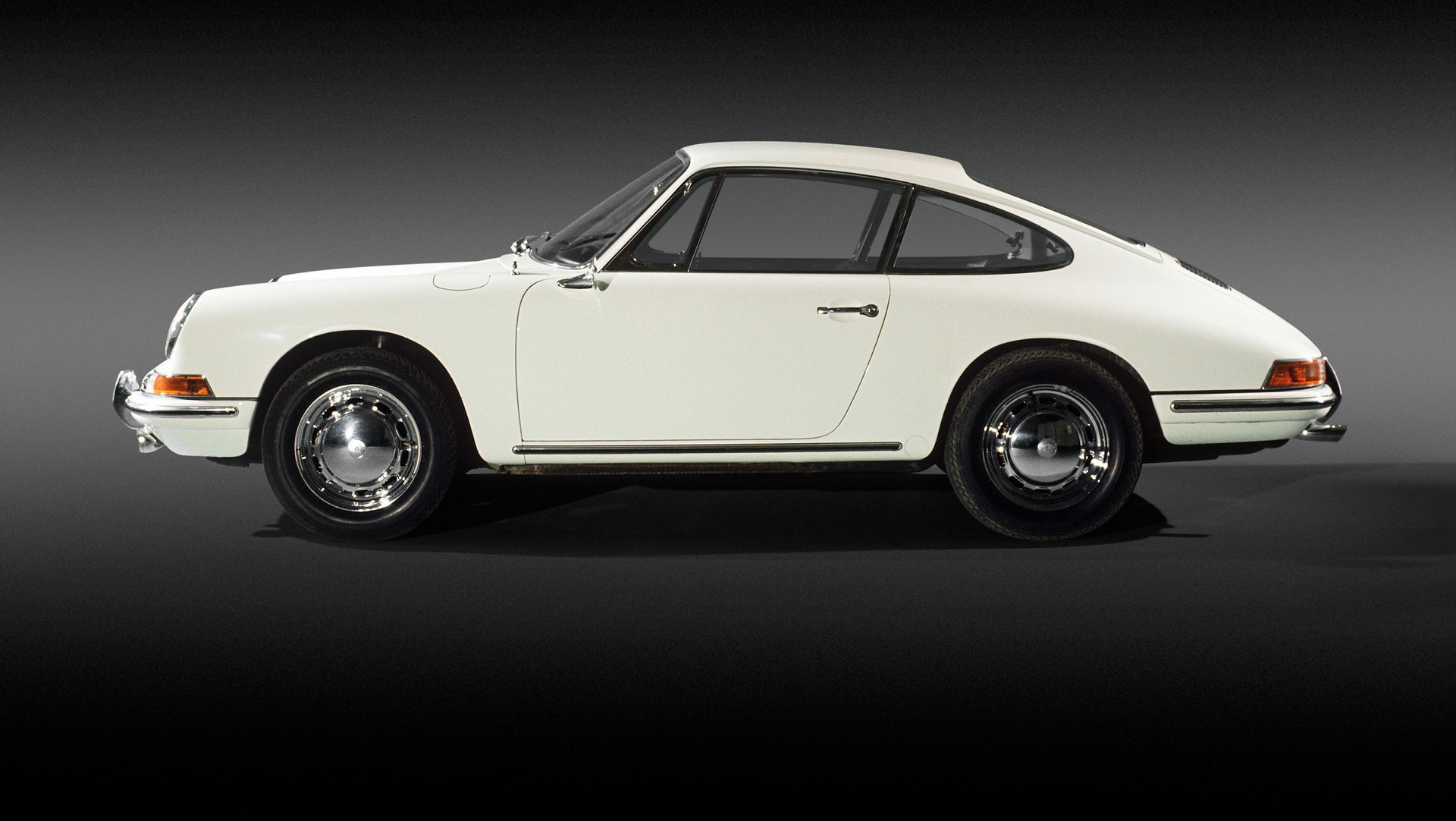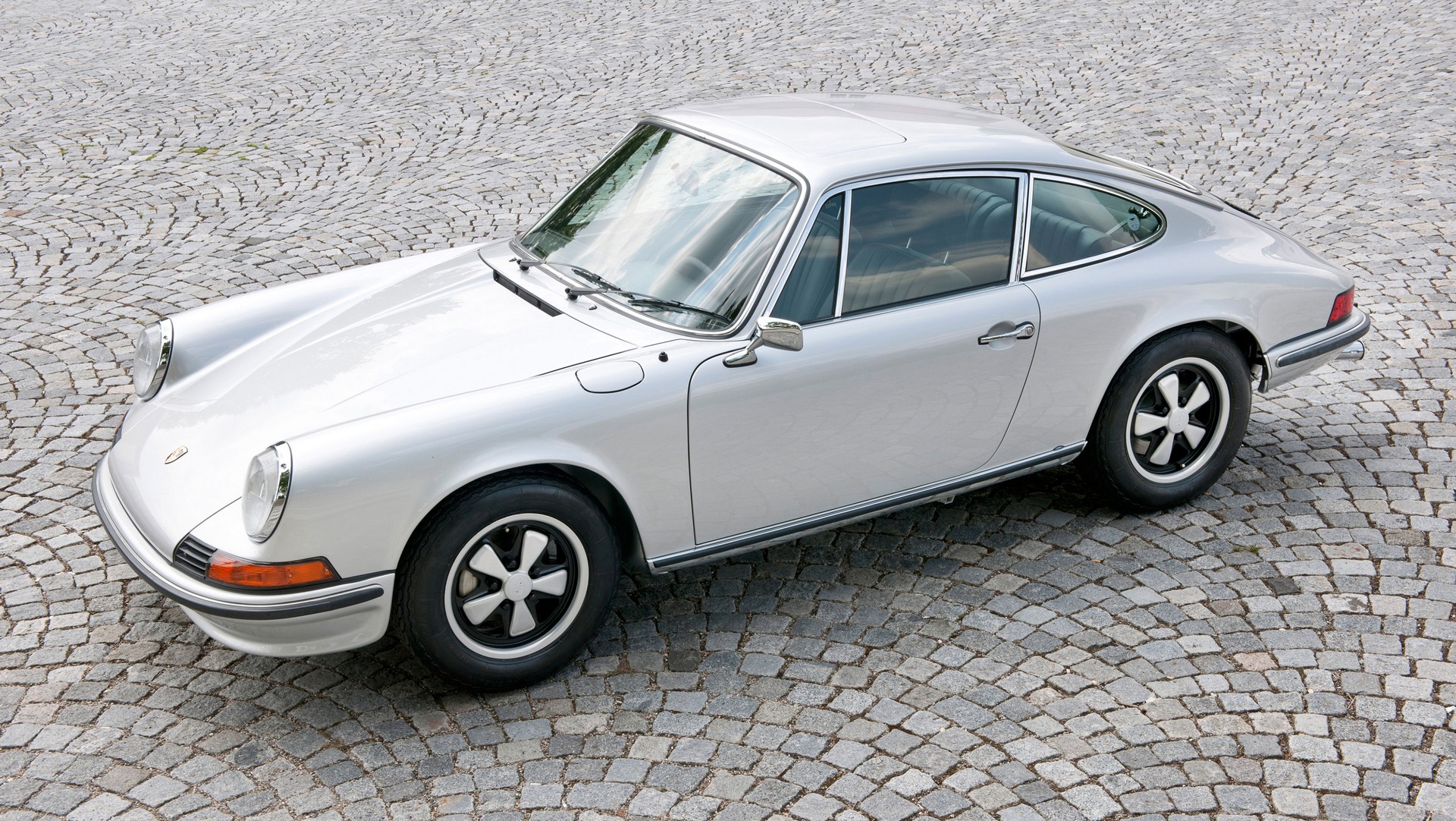Porsche is gearing up to introduce the eighth-generation 911, which it has officially confirmed to debut at the Los Angeles Auto Show on November 27, so the company has kicked off a new series which looks back at its predecessors.
The story starts in 1963 at the Frankfurt Motor Show where Porsche unveiled the all-new 901. Designed to replace the 356, the car debuted with a new 2.0-liter flat-six engine that produced 128 hp (95 kW / 130 PS).
The model was launched one year later as the 911, because Peugeot protested the use of the 901 moniker as it used three numbers with a zero in the middle. The automaker felt this was too similar to their own naming scheme which is still used today on models such as the 308 and 508.
Following the launch of the standard model, Porsche introduced the 911 Targa in 1965. According to the company, this was done to appease U.S. consumers who believed convertibles were dangerous. As a result, the Targa featured a 7.8 inch (20 cm) wide roll bar, a removable roof and a “mini soft top” to cover the rear.
One year later, Porsche introduced the 911 S which had 157 hp (117 kW / 160 PS). The year also marked the introduction of Fuchs wheels which Porsche claims are “probably the most famous wheel in automotive history.”
In 1967, the company unveiled the entry-level 911 T which had 108 hp (80 kW / 110 PS). By comparison, the current 911 T has 365 hp (272 kW / 370 PS).
Bigger changes occurred in 1968 when Porsche introduced the 1969 model which featured a wheelbase that had been stretched by 2.2 inches (57 mm). While it’s unusual to see wheelbases changes in the same generation, Porsche says they did this to give the model “calmer handling.” The stretched wheelbase wasn’t the only change as Porsche replaced the 2.0-liter engine with a larger 2.2-liter unit.
As production of the first-generation 911 was winding down, Porsche introduced the 911 Carrera RS 2.7 which only weighed 2,205 lbs (1,000 kg). Thanks to the combination of lightness and a 207 hp (154 kW / 210 PS) engine, the model was capable of hitting speeds in excess of 152 mph (245 km/h).








